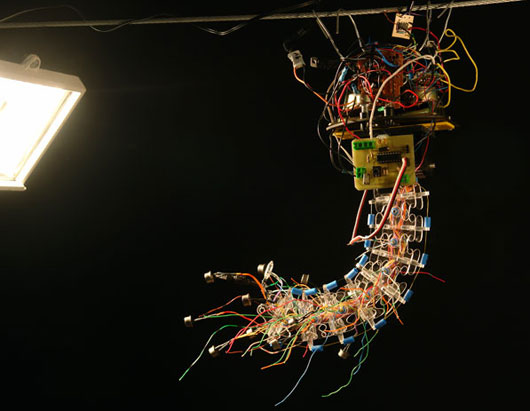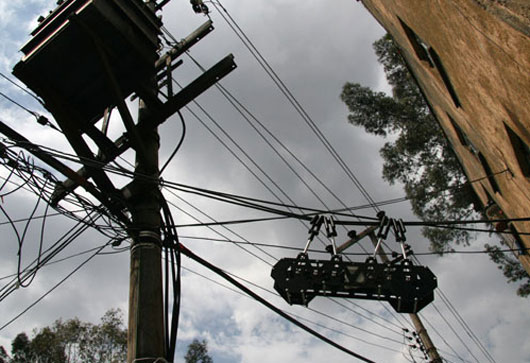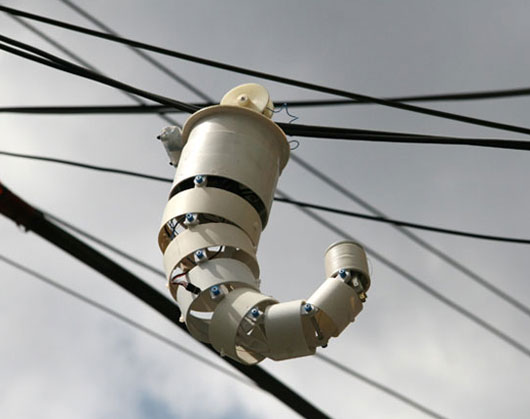Archive for the ‘ivan puig’ tag
Ivan Puig at MagnanMetz

Ivan Puig’s SEFT-1 probe at MagnanMetz Gallery, Chelsea, NYC through March 9, 2013
Following the opening of Mexican artist Ivan Puig’s solo show at MagnanMetz gallery in New York City, Iggy and I visited with Puig and caught up regarding the SEFT-1 project (SEFT is an acronym for Sonda de Exploración Ferroviaria Tripulada or Manned Railway Exploration Probe). I first learned about the project in 2006 when Puig was just getting started on the concept of exploring abandoned railroads through out Mexico using a vehicle designed to travel the on the railroad tracks as well as car roads when necessary. Ivan was interested in seeing first hand what had happened to the communities that were built along the tracks and largely subsisted from the trains running throughout Mexico. Many of these communities are small rural populations that depended on the trains for various needs.
Puig spend a year traversing the abandoned railroad system with his half-brother Andrés Padilla Domene. As described on the exhibitions press release “The two set off from the National Museum of Art in Mexico City to begin their investigation of abandoned railways throughout Mexico and Ecuador, collecting evidence of their travels through photo, video and audio. Puig and Padilla Domene recorded contemporary landscapes, infrastructure and details of the everyday life of inhabitants to create a futuristic exploration of the countries’ pasts. Their progress has been consistently updated on the project’s website, www.seft1.com, where the public can follow the trajectory of the vehicle, view images of artifacts collected and listen to interviews with those they have met along the way.”

Ivan taking a picture of Iggy inside SEFT-1, a special treat as he was allowed into the sculpture

Iggy inside SEFT-1
It appears that the SEFT-1 will be traveling to the UK to explore abandoned railways throughout the British countryside sometime in the next year. By doing so, the artist will expand the archive of stories regarding locomotive technology and the communities surrounding the technology.
New Media Artists from Mexico City
On Wednesday April 9th, I was fortunate to be invited by curator Karla Jasso to a small presentation by a group of Mexican artists at el Laboratrio Arte Alameda, the beautiful colonial church converted into a new media center in the Historic Center of Mexico City.
I had met a few of the people present at the meeting during my stay in Mexico City for Transitio_MX02 last fall, but I had only seen one or two works by the artist presenting that afternoon. I came away from the meeting impressed and excited by the work that I had seen. Some of the work reminded me of projects I saw coming out of Carnegie Mellon University in the 90s, but entirely re-contextualized by the environment and culture of Mexico.
For example Gilberto Esparza’s robotic urban parasite series recalled the work of Simon Penny, particularly projects such as Petit Mal or Sympathetic Sentience. As Simon puts it: “robotic artwork which is truly autonomous; which is nimble and has ‘charm’; that senses and explores architectural space and that pursues and reacts to people…” However Gilberto Esparza’s creations are the rougher, tougher, streetwise cousins of Penny’s works.
Inspired by the street vendors (ambulantes) of Mexico City, who set up a sidewalk shop and will take electricity from a near by electrical post to establish a cozy store with light, television and radio, Esparaza’s “Parasitos Urbanos” (Urban Parasites) use the electric cables for power and as a means of movement. Pictured below are mrñ (maraña), dblt (diablito – little devil), “clgd” (colgado – hanging). Each of these creatures feeds from the electric cables that they use as a mode of transportation, they emit sound and through a series of sensors react to their surroundings. Watch the linked videos to see them in action. As much as I like the hanging species, I think that my creatures exist with the trash – ppndr-s (pepenadores) live near the gutters amongst the trash, playing, moving objects about.



Ivan Puig also presented his work. I was most intrigued by a current collaborative project in which he is creating a vehicle that will drive along abandoned railroads throughout Mexico. The vehicle will document these regions that were once vital economic hubs, but have been left abandoned as the railroads are no longer in use. People will be able to virtually ride along these abandoned tracks in real time by login to the site that will present live streams from the vehicle. Ivan also presented a large scale sound installation that recycles old technology to create a series of instruments that people may interact with.
Also amongst the presenters was Laboratorio Curatorial 060, a curatorial collaborative group that addresses various social issues by programming thematic exhibitions that commission new works from artists.
Artist Ivan Abreu presented his poetic combination of conceptual and new media art. Amongst my favorite of Ivan’s recent works is a sound performance using a record made from ice with Mexico’s National Anthem pressed onto it. He plays the anthem on a record player, but as it plays the ice begins to crack and melt, the record breaks and the artist struggles to keep it together so that it will continue to play.
In the midst of globalization, real-time communication networks, and the structuring of artistic production into a market-based system from education to the museums and galleries, it’s difficult to find artistic production that isn’t influenced by 20th century Western avant garde movements. What I find striking and exciting are the regional nuances that contemporary art production incorporates or that the most creative element by the artist is the manner that ideas and production are transformed according to the reality at hand.
We live in a cultural collage, that is to say, that the world is an assemblage of histories, people, products that traverse the globe. Through the sharing of information and knowledge, once distinct lineages of production are no longer distinct to a particular time or place, so it’s interesting to see how this information is hybridized in different locales. I’m not saying that this is anything new, it’s just fun to see it in the new media landscape and to pay witness to it (perhaps it just means that I’m getting old).